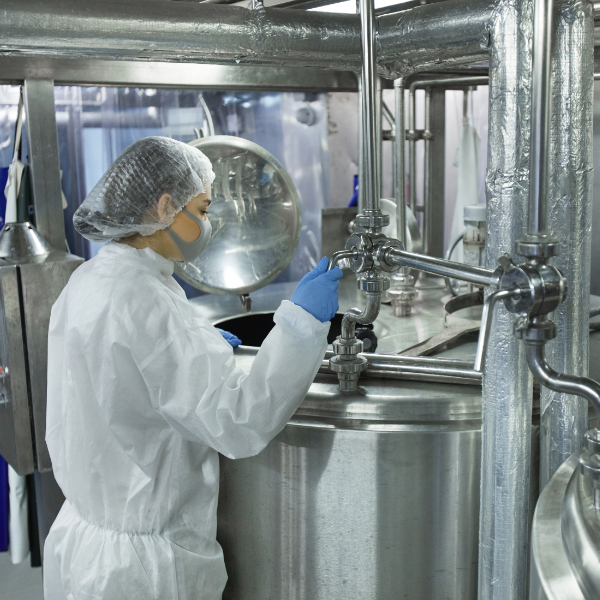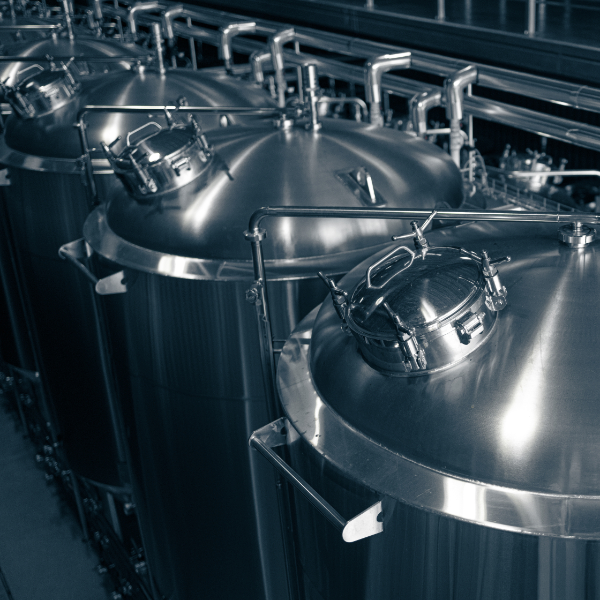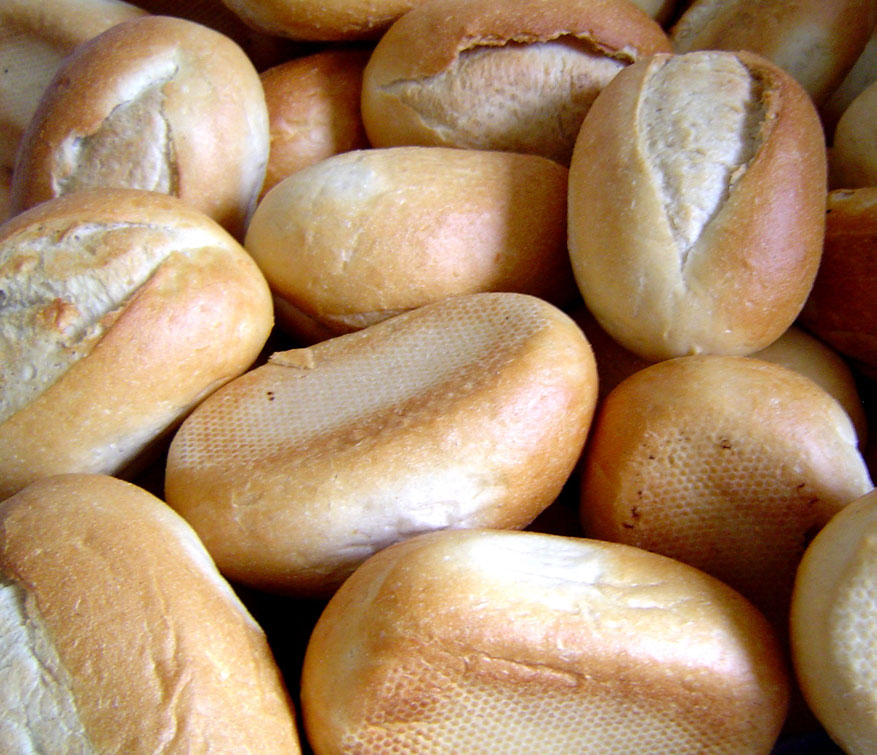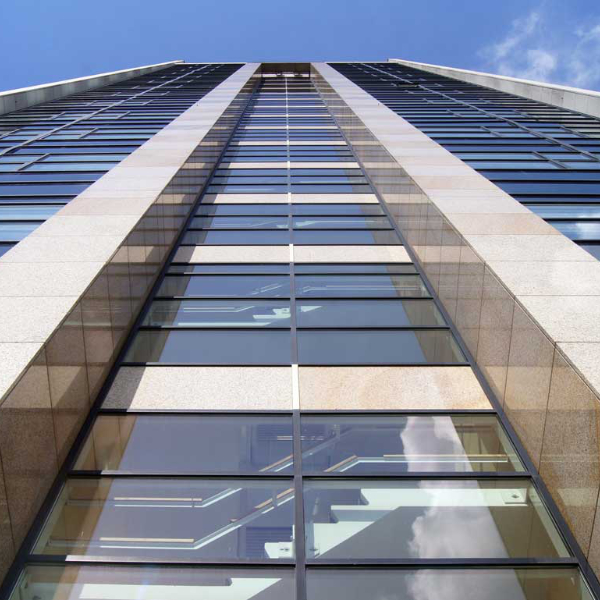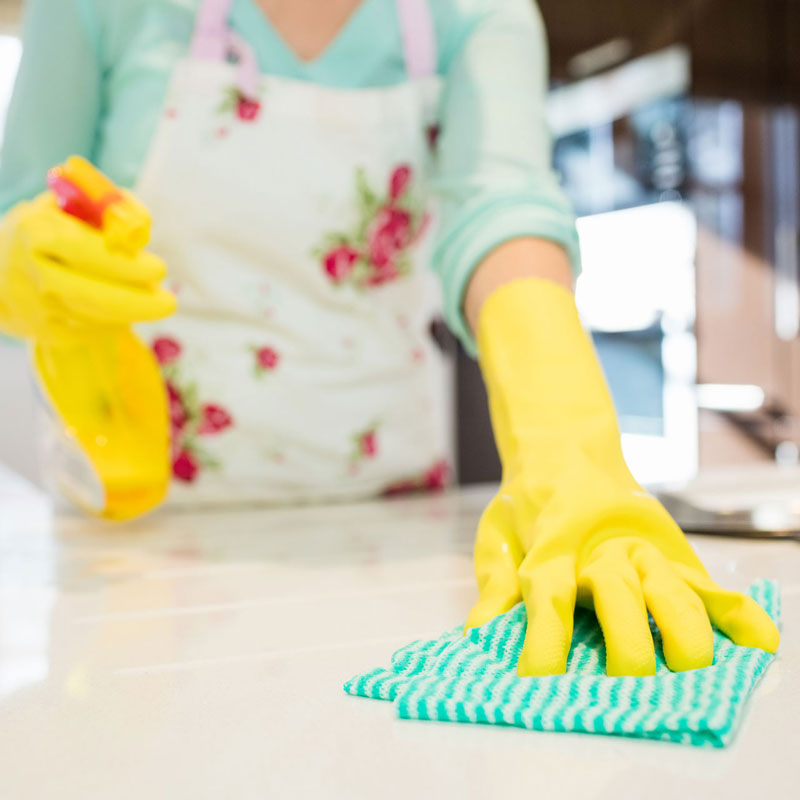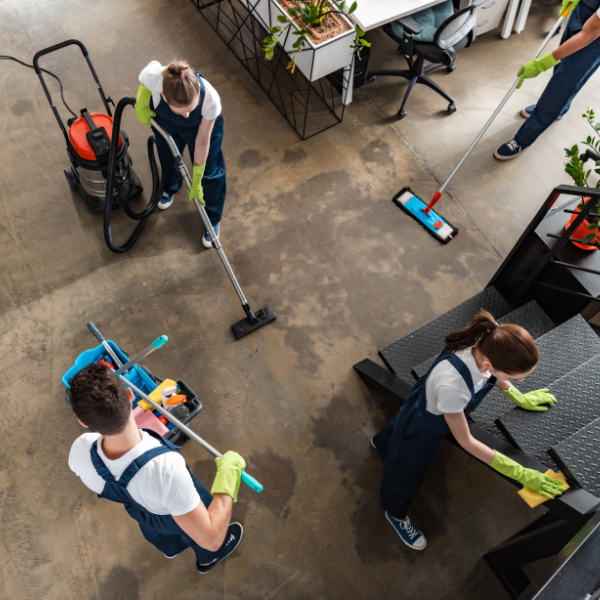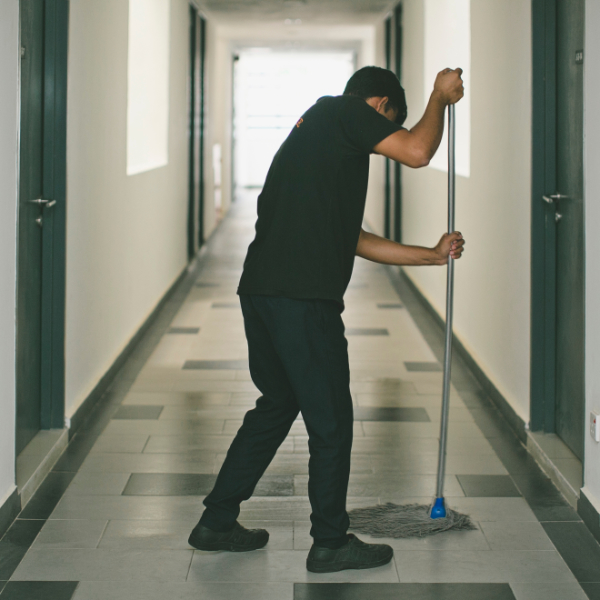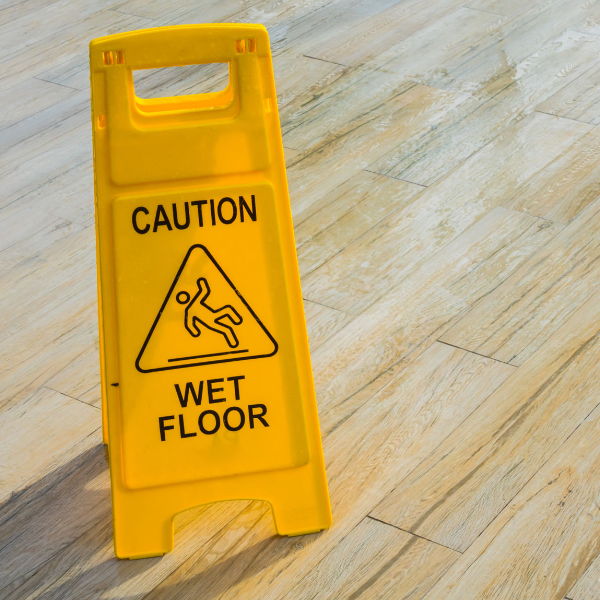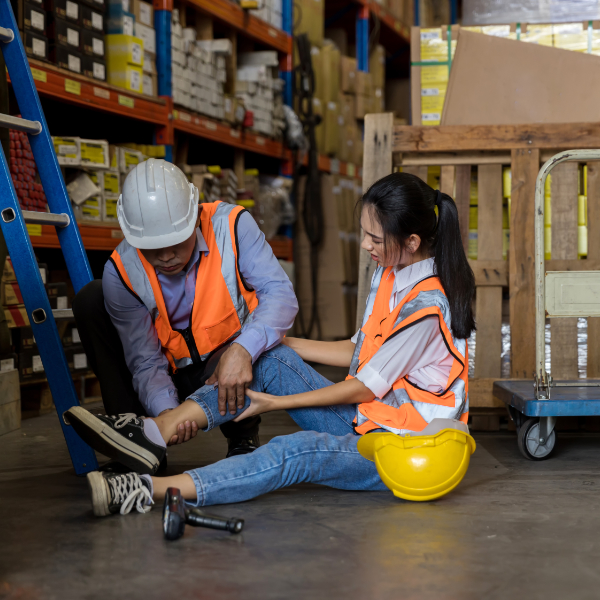This next case involved a food production company who had outsourced the periodic deep clean process to an external experienced cleaning contractor. The requirement for the contractor was to supply their own cleaning chemicals, cleaning equipment and labour, and provide a deep cleaning of all food processing and handling equipment and all washable surfaces (floors, walls and ceilings) within the production area.
A few days after one such deep cleaning process, which took place over the weekend, all the stainless-steel surfaces started to show signs of pitting corrosion (large numbers of small holes in the metal, often covered by corrosion products), with, in some cases, corrosion run off in the presence of wet surfaces and dried corrosion deposits.
The food production company then independently ordered a surface trace analysis of a sample of stainless-steel surface which showed high levels of chorine ions on the surface.
The food production company instructed a solicitor to claim for damages and the cleaning contractor claimed for non-payment. It was agreed by both parties that we acted as a single joint expert witness to present our opinion to both parties.
Since food production facilities are cleaned on a very regular basis using food safe chemicals and well-established industry best practices, and this knowledge is widely understood with cleaning companies involved in food production cleaning, we assessed the cleaning systems (chemicals, equipment, methods, and schedules) of both parties.
Both parties used chlorine-based descaling chemicals to breakdown hard water scale (factory was in a hard water area) and protein-based foodstuffs. Both parties used very similar equipment and methods, although the food production company used chlorine-based products every day.
The result of a site visit showed evidence of corrosion of different stages from fresh to extensive damage.
While it couldn’t be established which party caused the corrosion in question as both parties used chlorine-based products at around the time, the fact that high levels of residual chlorine ions where found pointed towards a long-standing problem of insufficient rinsing and inadequate cleaning validation to determine residual chlorine in the rinse water. However, both parties should have used nonchlorine-based descaling chemicals due to Chlorine’s unique ability to attack the passivation layer of stainless-steel, which leads to pitting corrosion. Even with corrosion inhibitors, it is safer to use phosphoric acid or even nitric acid.

